Content:
The wild duck in Russia is a popular bird. It can be found not only in fresh, but also in salt water. Some farmers practice the domestication of wild birds. In captivity, she is able not only to live, but also to bring offspring. True, for this she needs certain care and conditions of detention. Home-bred wild ducklings will hardly be able to survive in the wild.
General information
The mallard species of wild ducks is considered the ancestor of all species known today. In different territories and at different times, people tried to domesticate this bird. In the 1st century BC. the scientist Colummel in Rome proposed collecting eggs from wild ducks and placing them under a domestic hen. Thus, the Romans tried to breed ducks at home.
The Indians managed to domesticate the warty wild duck, which was later brought to Europe. Since that time, scientists have been constantly working on developing new breeds with different characteristics, annually introducing new varieties to the market. In private farms, common gray duck and mallard duck began to breed most often. Recently, there has been a popularization of ornamental species, which are increasingly preferred not only by amateurs, but also by professional farmers. However, do not forget that the mallard duck is the ancestor of all these birds.
The duck family (from the Latin Anatidae) now numbers more than 150 species, which, in turn, are divided into 50 genera. All of them are assigned to the order Anseriformes (Anseriformes). Many are bred by humans in captivity for meat, feathers and eggs.
Types of wild ducks
Duck wild (wild duck) has its own classification, which includes many varieties and breeds.
The most common in our area are the following:
- Mallard;
- Gogol;
- Merganser;
- Gray duck;
- Mandarin duck;
- Teal.
The mallard duck is the most widespread and largest species of river ducks. In the spring, the male of this bird looks just great: the head is emerald, the collar is white, the chest is brown, and the body is gray. The female is much darker in color than the male. The feet of both sexes are colored bright orange. The duck's beak is deep yellow. The male always raises his head high, his neck is much longer than that of the female of this species.
Gogol is ranked among the most colorful species of wild ducks. Its habitat is very wide. It is a representative of diving birds. In English, its name sounds like common goldeneye, which means golden-eyed. This is due to the fact that Gogol's eyes have an unusual yellow color.
The Krokhal duck differs from other species in that it has a rather thin beak curved downwards. There is a large, medium and scaly Merganser. The body weight of the first type reaches two kilograms. It lives mainly in the forest zone. The average Krokhal weighs up to one kilogram. It can be distinguished by its red beak, bright orange legs and a double tuft located at the back of the head. The scaly species is quite rare and only in the southern part of the Far East. In appearance, it has a lot in common with the average Krokhal, but it differs in lower weight, the presence of a wide crest and a gray beak.
The gray duck, as its name suggests, is distinguished by a grayish plumage.In the male, the color is less saturated, and the wings are slightly bluish. During the mating season, males have a reddish head, a white stripe directed from the eyes to the back of the head appears. Drake in the dark makes characteristic crackling sounds and often raises its head.
The mandarin duck is one of the most beautiful bird species on our planet. The bird is small in size, its maximum weight reaches only 700 grams. Wild ducklings of this species weigh even less. The unusually beautiful plumage of these birds attracts attention, which is simply mesmerizing during the mating season. A crest and whiskers are located on the drake's head, and a very bright orange fan on the wings. Several bright shades are mixed in the plumage: green, purple, orange, white, brown and even red. In females, the coloring is much more modest, but the graceful gait gives this bird a peculiar charm. It will be interesting to find out where these ducks nest. The fact is that the Mandarin duck is the only one of its species that is able to nest on a tree. There she can also breed offspring.
Wild ducks Teal is the smallest of the river species. Females of the Teal are distinguished by a gray color, and for drakes, a red-brown color of the head is characteristic, as well as a green stripe located from the eyes to the back of the head. In the subspecies Chirka-cracker, males in the summer have a gray-blue color of the wings. Marble teal is found in Central Asia, its weight does not exceed 0.5 kg. Females and males of this species have plumage of the same color.
Wild ducks habitat
The common duck most often lives near water bodies and wetlands. Also to the taste of this bird are rivers with a slow current and shallow water.
She prefers places:
- with thickets of reeds;
- with abundant dense shrubs;
- near trees growing in water.
Where do ducks spend the night? In such conditions, they find secluded places, reliably disguised from prying eyes. The bird rarely comes ashore. The marsh wild duck often takes a fancy to its place in the city reservoir, although by its nature it is very shy. Regular feeding helps the mallard cope with its fears, and over time it gets used to humans.
The wild duck, like the goose, the swan, belongs to migratory birds and flies to warm lands for the winter. She has to travel considerable distances in order to spend the cold season in a comfortable environment.
Keeping wild ducks at home
Now keeping a wild duck at home is no longer a rarity. The bird is even capable of reproducing in such conditions. It is on this that some farmers have been able to build a good business. After all, the wild duck is unpretentious if you follow the simple rules of keeping. Observing the habits of birds is very exciting.
Mallard lives well in an ordinary brick shed, does not require heating or incubators there. The main condition is the presence of a paddock, where you can go for a walk, and a small reservoir. This will help the birds to recreate conditions as close as possible to their natural habitat. Wild ducks spend their summer almost entirely on the water, so there are no problems with its maintenance. Mallard ducklings spend this entire period with their parents on the pond, so they also do not need additional care.
A small canopy should be built over the reservoir for keeping wild ducks. In hot weather, the bird will be able to hide from the rays of the scorching sun, and in rainy weather - wait out the bad weather. Feeding the birds in the summer should be greens, sometimes they are given small fish.Sand plays an important role in the natural habitat of ducks, therefore, in the places where they are kept, it is necessary to install a separate container filled with river sand.
So that the bird does not have digestive problems, you should carefully compose and think over the diet. As soon as the warm weather begins, ducks begin to lay eggs. They make up the brood material for the reproduction of future offspring. Ducklings hatch soon enough, but it is difficult to keep track of them without the help of a female. Chicks are very nimble and require constant monitoring. The drake helps the female to raise and educate the young, but its role is reduced only to protecting the chicks and their own territory. When a danger is detected, he begins to quack loudly, which notifies the family that they must be careful. During this period, the duck and the male become almost identical in appearance, but by the fall the drake again shows characteristic features of the difference. Depending on the species and breed, it can look very extraordinary.
Feeding rules
Wild ducks are indiscriminate in their food. You can even say that they are omnivores. However, in order for the bird to be healthy and not to create additional trouble for its owner, its diet should be as close as possible to that which exists in the wild.
Duck food in natural conditions is:
- fry;
- duckweed;
- small fish;
- insects and their larvae;
- frogs;
- worms;
- snails;
- grasshoppers.
Due to the fact that wild ducks eat garden pests and their larvae, they help their owners to save the harvest.
However, there are certain products that it is strictly forbidden to feed this bird:
- wet food;
- dairy products;
- bread (especially black);
- fresh vegetables;
- scraps from the table.
To ensure high egg production, ducks need to feed algae:
- kelp;
- rupee;
- distichlis.
If suddenly you find a little duckling, what to do with him in the future, you need to decide quickly. The chick will take time to adapt. It should be fed in much the same way as chickens. An exception to the diet is cottage cheese. Young ducklings are fed boiled eggs, finely chopped greens and small fish. At the same time, a duck chick gains weight much faster than chickens and after a couple of months can already be compared with adults. From a pair of heterosexual birds in six months, it is realistic to get more than 10 adult birds capable of giving new offspring.
Its weight depends on how correctly and balanced the bird is. Ducks are picky about food, but they need to consume food regularly, like all living things. Wild birds, due to lack of food, are capable of destroying cereal crops in farmers' fields. If the female sits on eggs, then she needs double the amount of food.
Wild ducks are capable of flying, so do not let them go for a walk if the bird is not yet used to its enclosure. The duck does not consume much food, so the owner will not incur large expenses for feeding it. But she is very clean, so she must be constantly looked after, the room should be kept in order and regularly ventilated. Otherwise, birds can get sick in unsanitary conditions.
Like all living things, wild ducks are susceptible to viral and other types of diseases. The description of these birds indicates that their body is much better at resisting infections than in ornamental breeds. However, you shouldn't risk your pet's health. It is necessary to follow the recommended diet and carry out sanitary cleaning in the premises.
Wildlife is fraught with numerous dangers for birds, as a result of which they damage some parts of their body.
Domestic and wild ducks are very similar in appearance, but radically differ in the conditions of keeping and feeding. Now you will not surprise anyone with the fact that wild birds are domesticated and even bred for profit. Farmers claim that such birds are much less troublesome to care for and grow than decorative or specially bred purebred species. These birds can be found on city ponds even in winter. They do not fly away to warm lands, trusting a person and hoping that caring inhabitants will help them survive the cold season by bringing the necessary food. In natural conditions, the wild duck becomes the prey of hunters. It is useful to know that you can only hunt game during a specially designated period. The rest of the time, such actions are considered poaching and are subject to punishment.
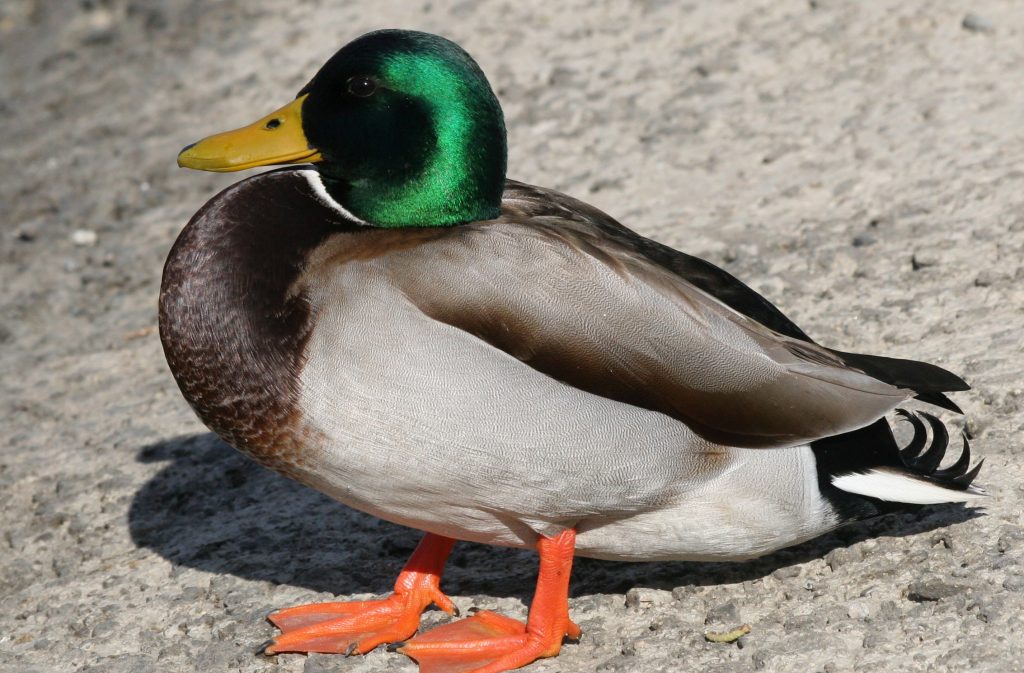
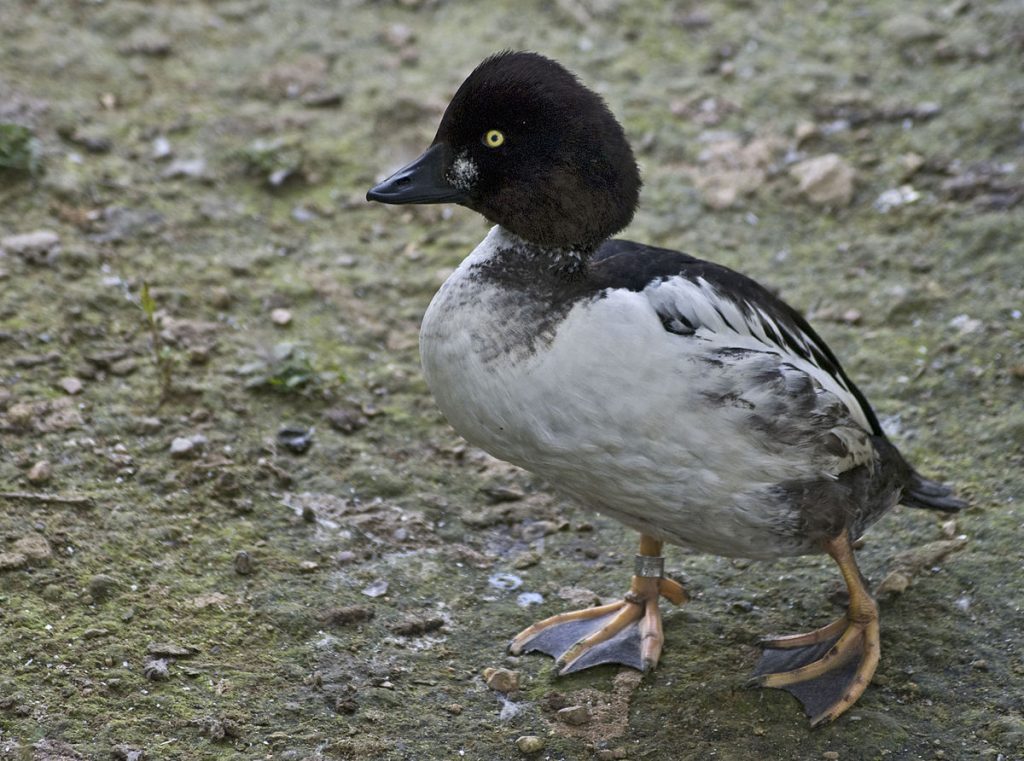
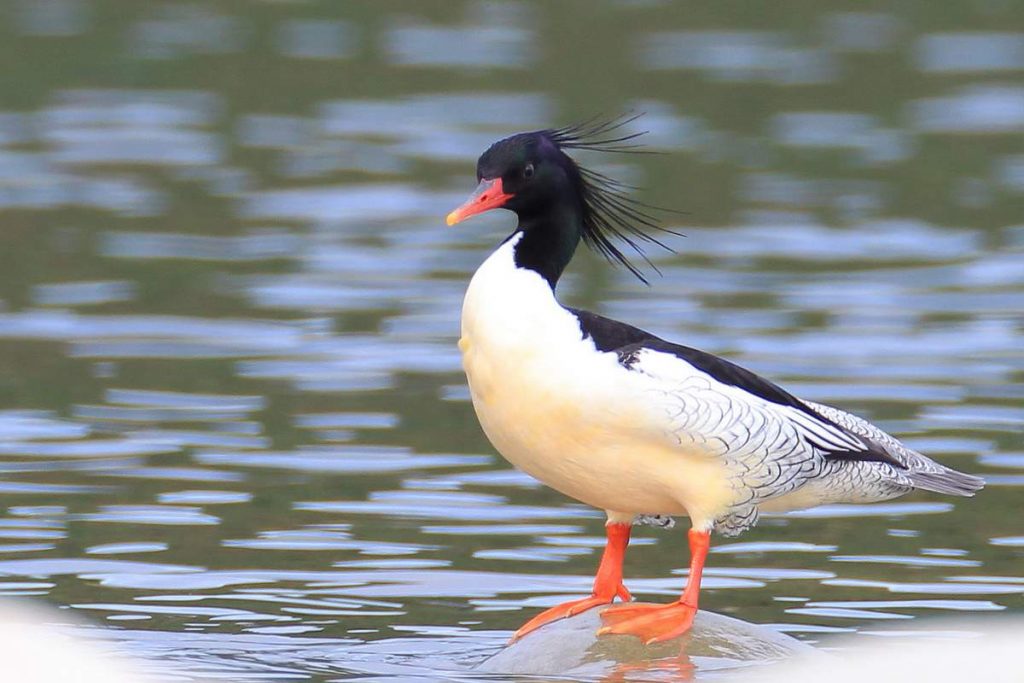
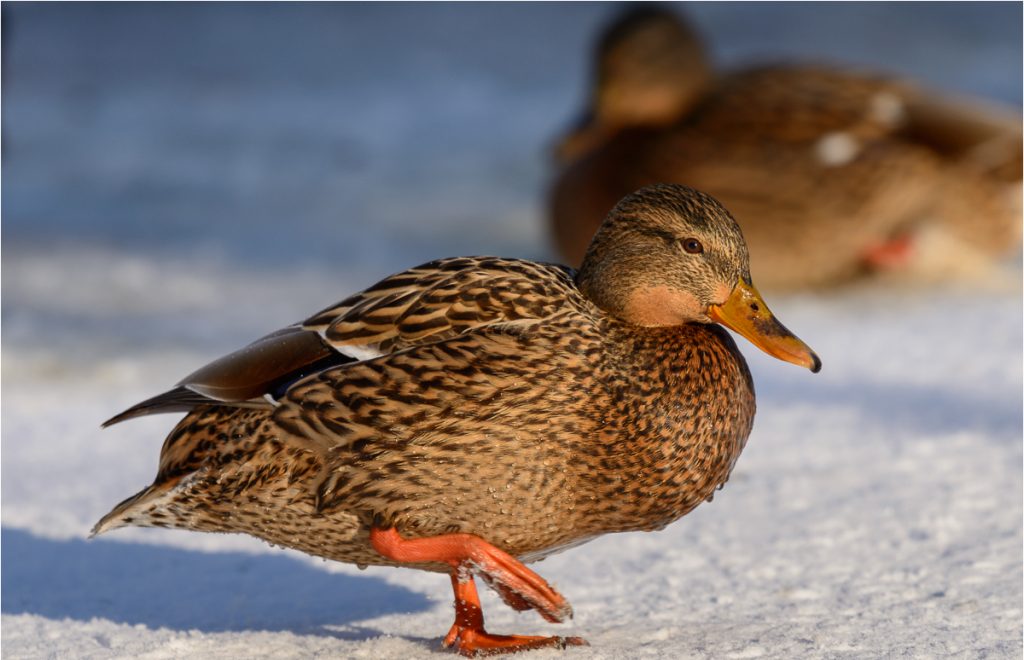
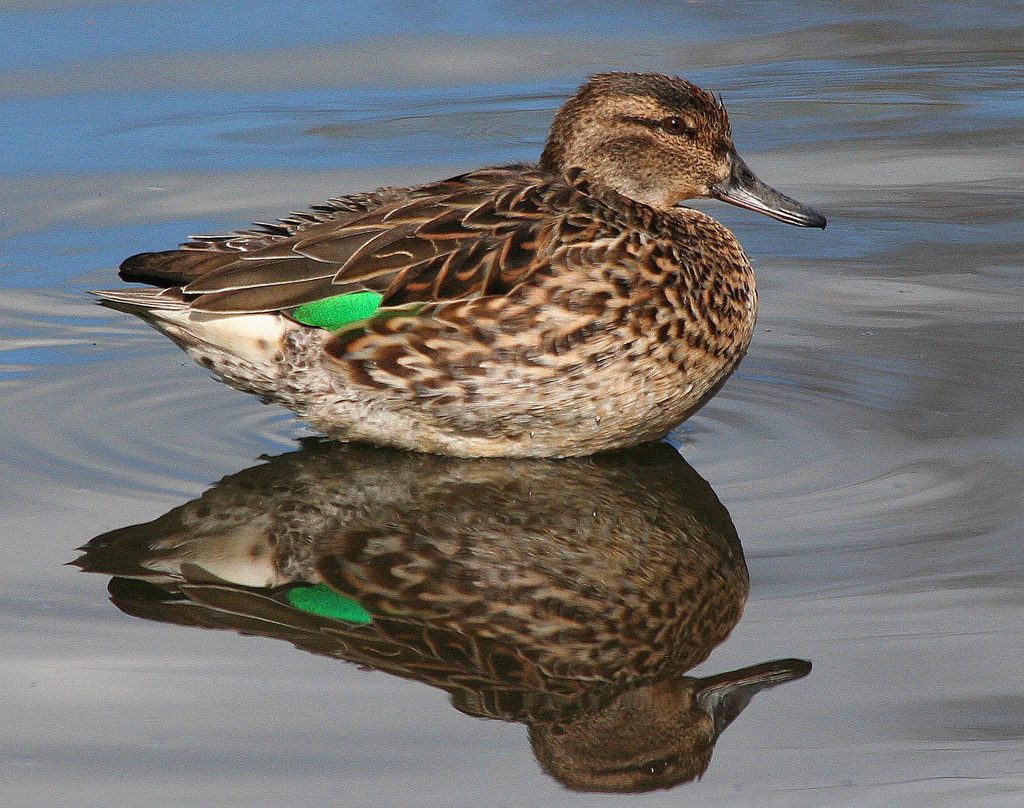
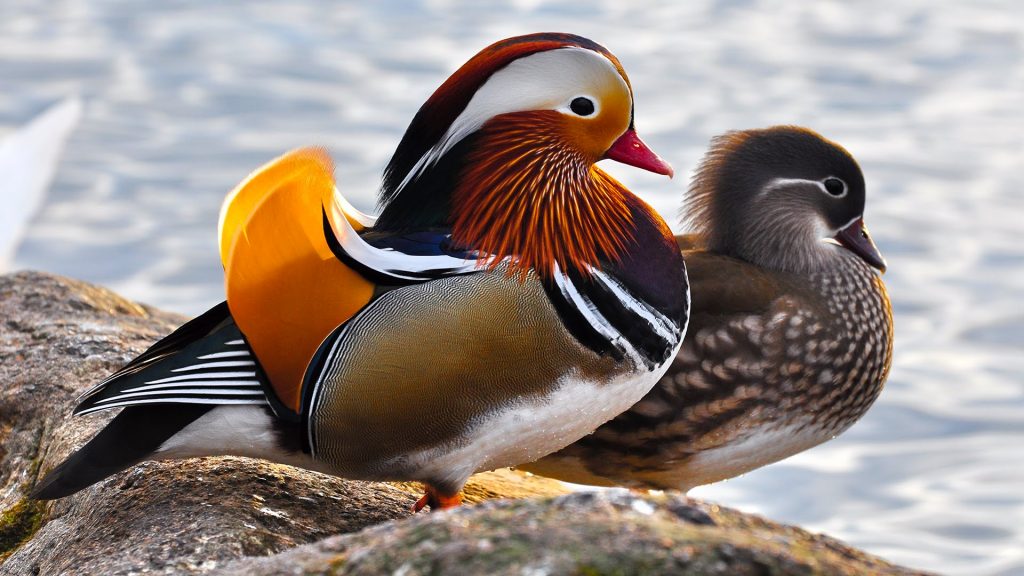

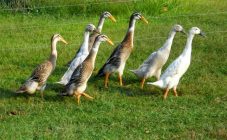

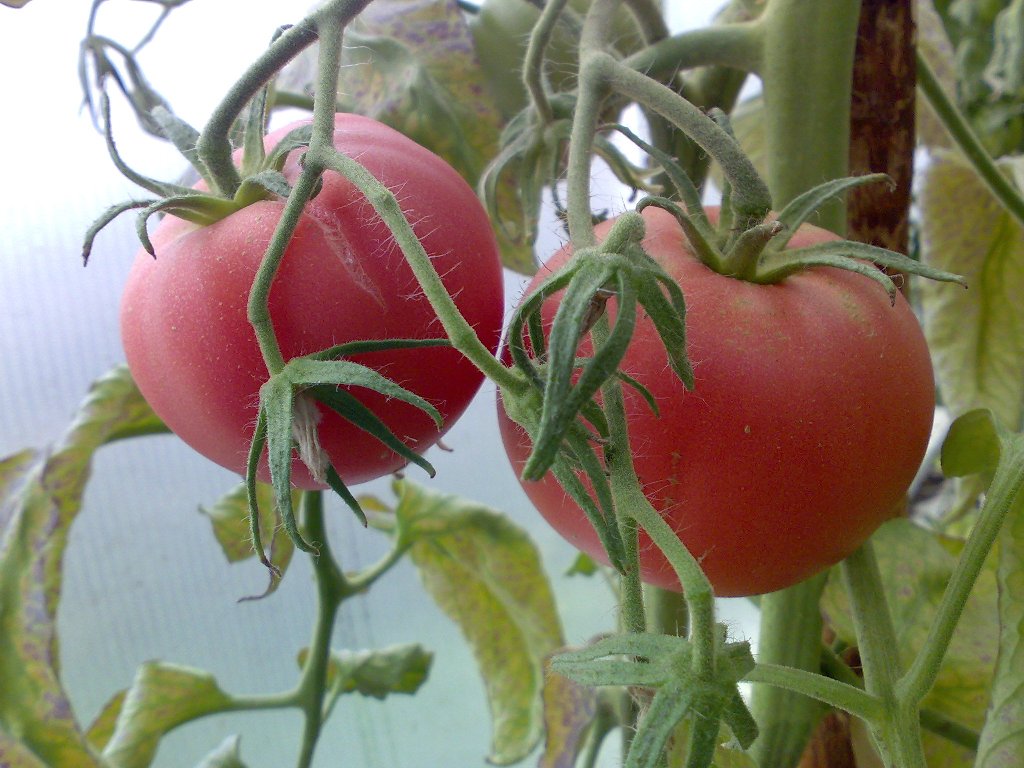
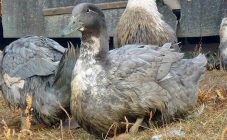
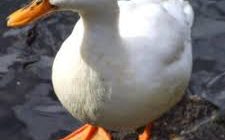







Wild ducks are closely related to water, as evidenced by their habits, lifestyle and structure. The wings of this bird are suitable only for small flights, they are not wide and rather short. This shape of the wings is optimal for diving, as is the structure of the legs, the front three fingers of which are connected by swimming membranes.